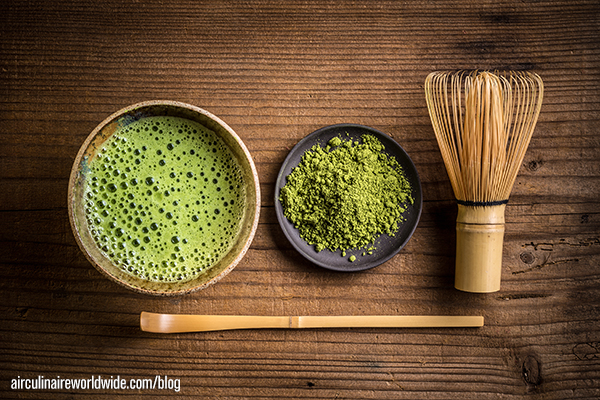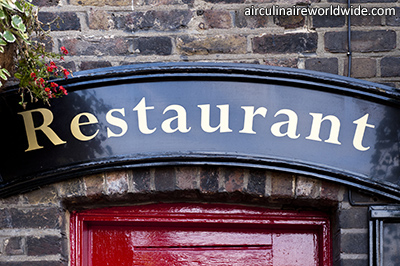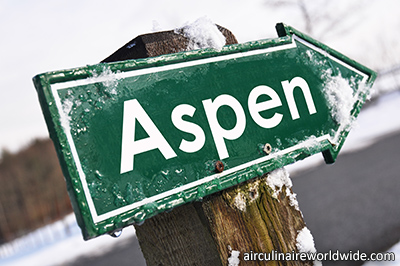Japan is country of steeped in history, culture and tradition. If you have the pleasure of visiting Japan, one of the things I highly recommend to do is to visit a traditional Japanese Tea House, for the Japanese Tea Ceremony.
History of the Japanese Tea Ceremony
It is said that the tea ceremonies originate from around the 1500 century, when the Japanese started to drink matcha tea (they had adopted the drinking of matcha and Zen Buddhist beliefs from the Chinese). A famous Zen monk, Myoan Eisai, was the founder of Zen Buddhism in Japan, and was thought to be the first person to grind green tea into powder for drinking. It is from these Zen origins that Zen and matcha came together, it was likened to a spiritual experience.
What is the Ceremony About?
The ceremony is a choreographed series of movements; it is a ritual for preparing and serving matcha (Green Tea) in the presence of guests.
In Japanese “cha” means tea, and “ma” means powder, matcha translates to powdered green tea. In Japanese, the ceremony is referred to as Chanoyu, Sado or Ocha. Very sweet traditional Japanese desserts are served with the matcha to compensate for the bitter taste of the match tea. The ceremony can last from half an hour, up to four hours, for the full-length ceremony a meal and two servings of tea may be offered. The tea ceremony is not focused on the actual drinking of the tea, it is in in the aesthetic of the ceremony, the way in which its presented, movements, and the hosts respect for the guests.
Where Does the Ceremony Take Place?
The tea ceremony can be performed in a house, special tearoom or outdoors. The key is the simplicity of the surroundings. We visited a traditional tearoom. The setting is usually very simplistic, Tatami mats cover the floor, scrolls with Zen phrases and calligraphy hang on the walls. There will be a separate entrance for the host to appear from (ours gave us a fright when she popped out). Finally, there will be the tea masters mat and equipment in the corner.
The Ceremony Steps (shortened version)
- First, remove your shoes and be seated.
- The host will offer a sweet dessert to have before and after the tea to compensate for the bitterness and, it is said, to reflect the harmony of bitter and sweet.
- The host will perform the movements of the ceremony whilst preparing the matcha tea.
- The host will turn the cup before offering as a sign of respect to the guest
- Give a bow when handed the cup of matcha.
- Take the cup of matcha, or chawan as it is known, with your right hand and place it in the palm of your left hand.
- Turn the cup of matcha clockwise three times before drinking.
- It is customary when finished to make a slurping noise to show the tea was fully appreciated (Don’t be shy here!).
- Wipe the part of the chawan your lips touched with your right hand.
- Turn the cup counterclockwise to show respect for the host and return to your host.
Where in Tokyo?
There are many tea houses in Japan and hotels that offer the ceremony, depending on where you stay. If you are staying in Tokyo, in the lively Rappongi District, Hotel Okura offer a very traditional tea ceremony and a number of options for people like me, who don’t have the patience to sit still for too long. However, a word of advice, they are very popular it is best to book ahead of time.
Questions?
If you have any questions about this article, contact Yasmin Milner at ymilner@corporateflighttraining.com.
| This is an article by guest author Yasmin Milner of Corporate Flight Training. Yasmin is based in the United Kingdom and is an industry expert in corporate aviation. Any thoughts expressed in this article are entirely Yasmin’s and do not necessarily reflect the views of Air Culinaire Worldwide. |
If you would like to be considered for becoming a guest author, please contact socialmedia@airculinaire.com.








